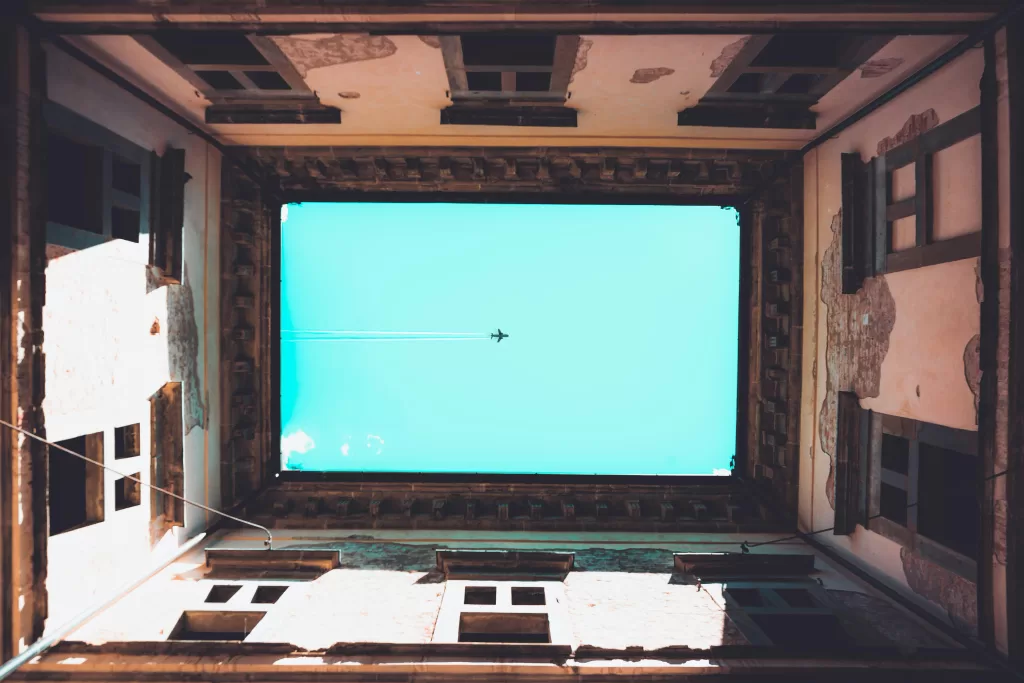In environments such as schools and cultural institutions—typical examples of soft targets—it is essential to find solutions that enhance safety while also opening up new opportunities for development. In this context, 5G technology proves to be a valuable tool: it enables fast and reliable communication where cable infrastructure is missing or outdated, supports the connection of mobile devices beyond building premises, and allows for the use of a wide range of safety and educational technologies.
The Gatum team, in cooperation with its clients, has developed two concepts that link the protection of soft targets with digital transformation—one in the educational sector and the other in the cultural sphere. Both proposals have been submitted as part of the National Recovery Plan funding calls and are currently awaiting approval.

Two Approaches, One Foundation: Strengthening Security and 5G Connectivity
Each proposal addresses the specific needs of its environment—school or cultural institution—while demonstrating that modern technology can protect, educate, and connect at the same time.
1. Protecting Schools as Soft Targets with 5G Support, Student Education, Digitalization, and Creativity Development
The proposal focused on elementary schools leverages 5G connectivity to integrate new safety components into school buildings, including surveillance cameras, access control systems, intercoms, SOS buttons, and perimeter sound sensors. This setup enhances building resilience, supports risk prevention, and increases response capabilities in the event of an incident. The 5G network also enables remote connection to monitoring centers and the integration of access control systems.
The project combines safety features with the modernization of the learning environment and the acquisition of new digital tools. Students can participate in creative and technical workshops involving virtual reality, build and program their own drones, or take learning outside the school building using mobile 5G hotspots.
2. Cultural Institutions as Intelligently Protected and Educational Spaces
The second proposal focuses on the integration of cultural site protection and the digitalization of cultural experiences. In addition to enhancing the security infrastructure (e.g., mobile camera units, body cameras, sound sensors), it includes the creation of VR experiences—such as interactive virtual tours or simulations of emergency situations that can be used for staff and visitor training. Considered scenarios include, for example, an active shooter situation.
Why 5G?
In these projects, 5G is far more than “just fast internet.” It acts as the backbone for connecting safety and educational systems, enabling real-time data sharing and supporting the deployment of advanced technologies such as artificial intelligence, VR, and analytics tools for automatic risk detection. Thanks to 5G, it is possible to create environments that are not only safer, but also smarter, more open, and better prepared for the challenges of today’s world.
The Role of Gatum Group
Our company provided comprehensive professional support in the development of both project proposals—from partner consultations and the design of the application solution to the preparation of the funding applications and all accompanying documentation. We believe that the intersection of innovation, public service, and security is where 5G technology holds the greatest potential—and that is where we aim to be.
3 minutes reading



